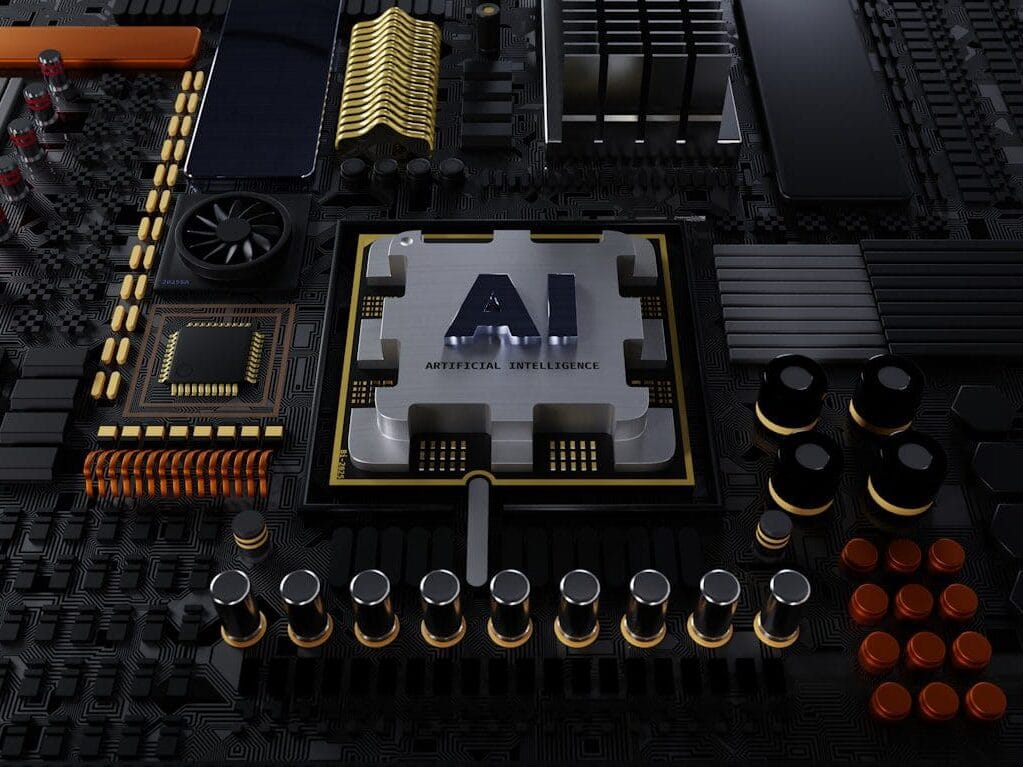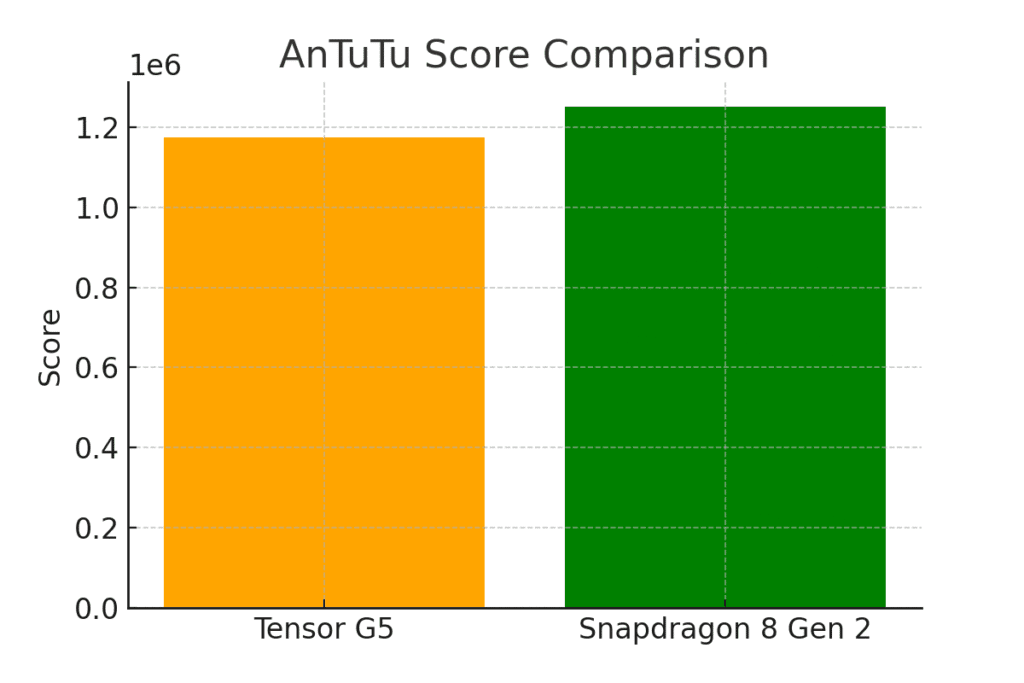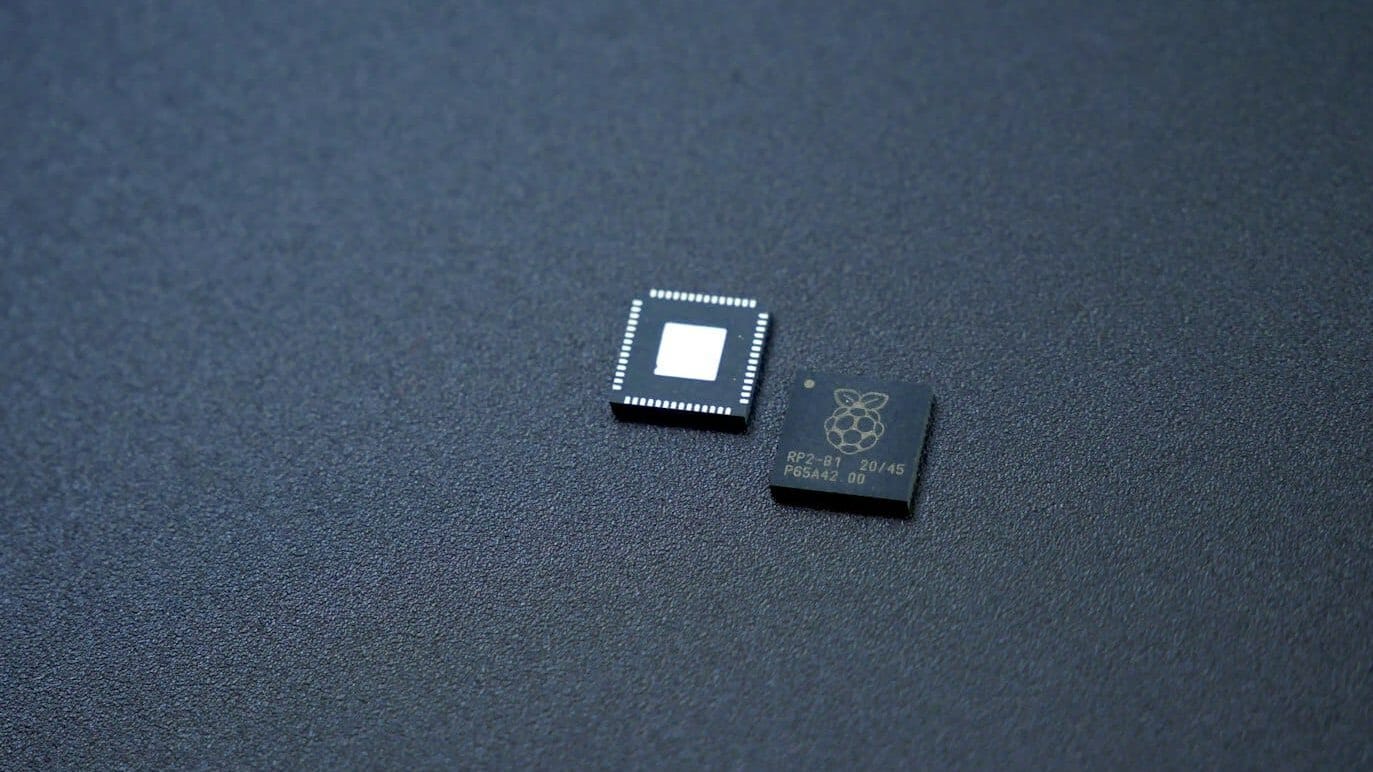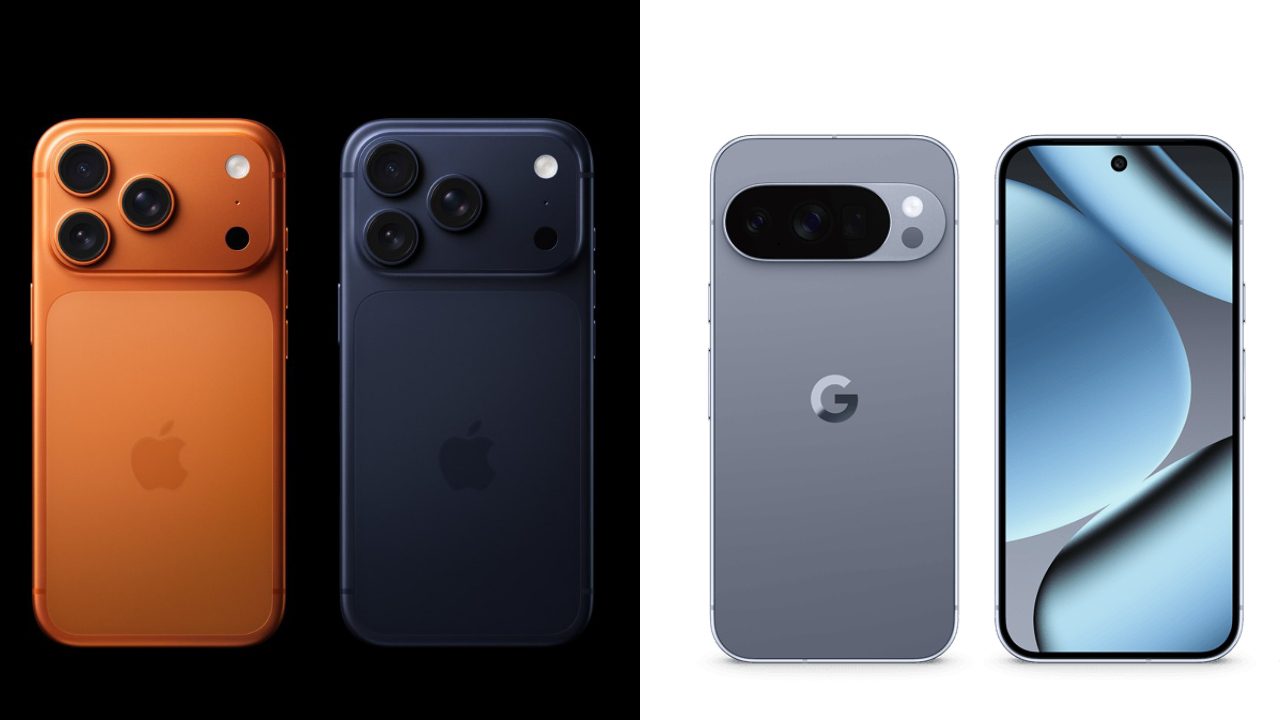When Google introduced the Tensor G5 alongside the Pixel 10 series in 2025, it promised to push the Pixel line forward — especially in AI and imaging. Meanwhile, Qualcomm’s Snapdragon 8 Gen 2, launched in late 2022, remains one of the most powerful and well-optimized flagship chipsets in Android devices. In this post, we’ll compare them head-to-head across architecture, performance, efficiency, GPU power, AI & ISP features, real-world tests, and use-case suitability. This will help readers understand which chip is better (or more appropriate) for certain needs.
Architecture & Fabrication Process

Tensor G5
- Google’s own design, now decoupled from Samsung’s foundry; for G5, Google shifted to N3P (TSMC’s advanced “3 nm-class” process) to gain efficiency and performance.
- The CPU core arrangement is 1 × Cortex-X4 @ ~3.78 GHz, 5 × Cortex-A725 @ ~3.05 GHz, and 2 × Cortex-A520 @ ~2.25 GHz.
- Google claims the CPU is ~34% faster on average vs its predecessor, and the TPU (Tensor Processing Unit) is ~60% more powerful.
Snapdragon 8 Gen 2
- Built on TSMC’s improved 4 nm node (N4P).
- CPU layout: 1 × Cortex-X3 prime core up to 3.2 GHz, 2 × Cortex-A715 cores at 2.8 GHz, 2 × Cortex-A710 cores at 2.8 GHz, and 3 × Cortex-A510 cores at 2.0 GHz.
- It supports features like LPDDR5X memory, UFS storage, and a modern modem (X70) for connectivity.
Takeaway (Architecture):
Tensor G5 benefits from a more advanced process node (3 nm-class) which usually yields gains in energy efficiency and transistor density. However, Snapdragon 8 Gen 2 uses a more balanced core cluster with multiple mid-tier performance cores (A715, A710). This can help in multi-threaded workloads. The gap will depend more on optimization and sustained performance than raw specs alone.
Performance: CPU & GPU Benchmarks
Benchmarks & Comparative Data

- According to NanoReview’s comparison, Tensor G5 has ~18% higher peak CPU clock (3.78 GHz vs 3.2 GHz) compared to Snapdragon 8 Gen 2.
- In real-world benchmark tests, early results for Tensor G5 are mixed. Notebookcheck’s tests for Pixel 10 Pro XL show a Geekbench CPU score of ~415,848. This is a figure comparable to SoCs like Snapdragon 8s Gen 4 or Snapdragon 8 Gen 3.
- On the GPU side, Notebookcheck noted that the GPU performance (PowerVR DXT-48-1536) in Tensor G5 is lower than even the previous generation’s GPU in some tests. This suggests a regression in gaming workloads.

- AnTuTu scores for Tensor G5 reportedly reach ~1,173,221 in some early tests, which is solid but not class-leading.
- On the Snapdragon 8 Gen 2 side, its GPU (Adreno 740) is reported to be ~25% faster and ~45% more power-efficient than its predecessor’s GPU. It also supports hardware-based ray tracing.
Sustained Performance & Thermal Behavior

- A big advantage of Snapdragon 8 Gen 2 is its ability to maintain higher sustained performance under load. This is due to both thermal management and more balanced core distribution. XDA Developers also report that 8 Gen 2 holds performance more consistently under thermal constraints than earlier chips.
- Early reviews of the Pixel 10 note that Tensor G5 runs cooler under typical usage than prior Tensor chips, and heating is less of an issue now.
- That said, under hardcore gaming or continuous stress, the Tensor G5 can still throttle significantly, and the GPU may fall behind comparable Snapdragon SoCs.
Takeaway (Performance):
- For single-threaded CPU workloads, Tensor G5’s high prime core provides strong peak bursts.
- For multi-threaded tasks (e.g. video editing, heavy multitasking), Snapdragon 8 Gen 2 likely has the edge due to more performance cores.
- On GPU-intensive tasks like gaming, Snapdragon’s Adreno GPU is ahead, especially in high settings or sustained play.
- Tensor G5’s improvements in thermal behavior are meaningful for real-world use — less throttling in day-to-day tasks.
AI, ISP, and Camera Processing
One of Tensor’s core strengths has always been its AI/ML and imaging pipeline, where Google can tightly integrate hardware and software.
Tensor G5 & Pixel 10 Features
- Google says the Tensor G5 enables the Gemini Nano model to run fully on-device. This enables features like enhanced voice transcription, image editing, Magic Editor, Call Notes, and more complex AI workflows.
- The imaging system sees upgrades: a redesigned ISP helps with better noise reduction, HDR, low-light performance, and new camera features.
- Google claims up to a 60% boost in TPU performance compared to the previous generation.
- Tensor also handles security and always-on AI workloads (e.g. speech, awareness) in a way tailored to Pixel features.
Snapdragon 8 Gen 2 AI & Imaging
- Snapdragon 8 Gen 2 also includes a robust Hexagon NPU / AI Engine. It enables on-device AI tasks like camera enhancement, object recognition, and computational photography.
- Its ISP supports up to 200 MP sensors, 8K video capture, multi-frame HDR, real-time segmentation, and strong low-light processing.
- Snapdragon’s imaging pipeline is highly optimized. It is battle-tested across many phones, giving it an advantage in consistent performance and feature maturity.
Takeaway (AI & Imaging):
Tensor G5’s value is in its tight hardware-software synergy. This gives Pixel phones unique AI and camera tricks that may feel more seamless than on other Android phones. However, Snapdragon’s AI and ISP are mature and powerful, and deliver excellent results across a broad range of hardware.
Real-World Use Cases & Experience
To decide which chip is “better,” context matters. Here’s how they fare across different user scenarios:
Everyday Use, UI & Responsiveness
Most users won’t notice huge differences in everyday tasks: web browsing, social media, messaging — Tensor G5 is more than capable and benefits from Google’s software tuning. Small gains in performance don’t always translate to perceptible speed unless under load.
Gaming & Heavy Graphics
Here, Snapdragon 8 Gen 2 takes a clear lead. For demanding 3D games or high frame rate settings, Snapdragon’s GPU and multi-core balance perform better. Tensor’s GPU constraint and possible throttling mean frame rates may dip or require lowering settings.
Camera & AI-First Features
If you prioritize features like on-device image editing, live translation, advanced photo/video modes, or AI enhancements (magic edit etc.), Tensor G5 can offer a smoother, more integrated experience. This is particularly true in Pixel phones. Snapdragon is strong here too, but may not always match the “Pixel magic” level of integration.
Battery Efficiency & Heat
Thanks to its 3 nm-class process and Google’s optimization, Tensor G5 shows improvements in heat management and likely gains in efficiency over previous generations. Early reports suggest cooler behavior in daily use.
Snapdragon 8 Gen 2 is mature, with optimized power profiles across many phones, and can maintain high performance without dramatic heat spikes. In sustained workloads, Snapdragon might retain better performance.
Longevity & Ecosystem
Snapdragon 8 Gen 2 is already well-proven and used in many flagship devices. Its support, driver updates, and performance tuning are battle-tested across many hardware platforms. Tensor G5 is newer, more niche (limited to Pixel series initially), and its real-world ecosystem robustness will emerge over time.
Final Verdict & Which One to Choose

Tensor G5 wins when:
- You’re using a Pixel phone and want seamless AI, imaging, and feature integration.
- You prioritize unique Pixel-only software experiences (Magic Edit, translation, etc.).
- You care more about “smart features” than absolute gaming horsepower.
- You prefer a cooler, better-optimized chip for everyday use under moderate loads.
Snapdragon 8 Gen 2 wins when:
- You want top-tier GPU performance and gaming consistency.
- You run multi-threaded workloads like video editing or heavy multitasking.
- You want a proven, versatile chipset available across many flagships with broad support.
- You want balanced performance under extended load without big throttling.
In many real-world scenarios, both will feel excellent. Tensor G5 narrows the gap in raw performance while leaning heavily into AI and software features. However, Snapdragon 8 Gen 2 retains advantages in GPU and sustained performance.

